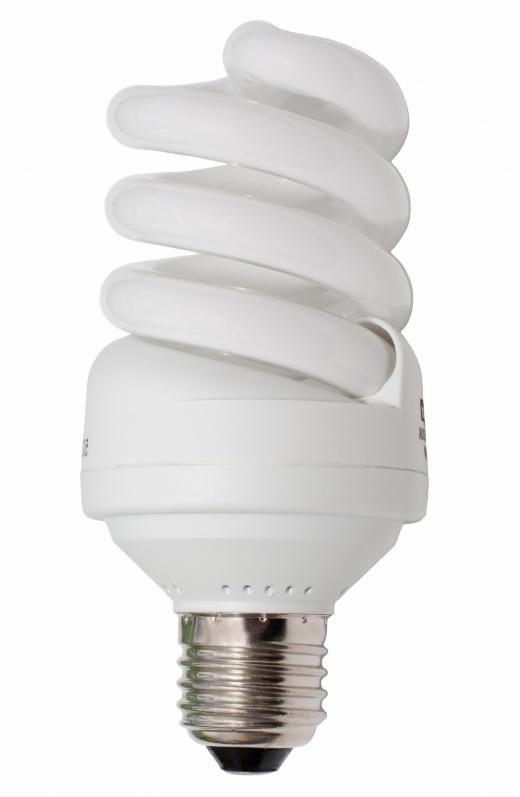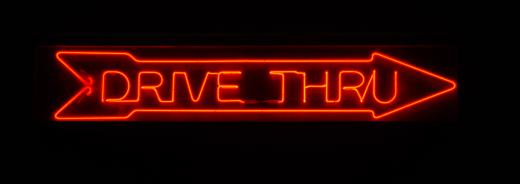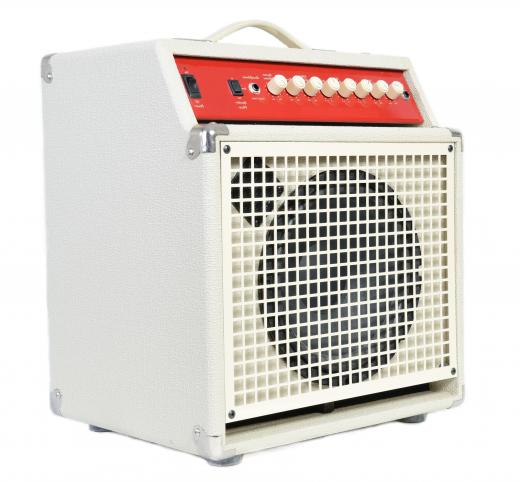What is a Discharge Tube?
A discharge tube is an object that contains a certain arrangement of electrodes within a gas chamber. Usually, these objects are designed within glass shielding; however, some use ceramic or glass-lined metal. They operate by applying voltage to start the movement of particles through the electrical conductors. This causes the ionization of gas within the discharge tube. The ultimate result is the illumination of the gas discharge tube.
Discharge tubes are electrochemical cells, meaning they generate electromotive force, or voltage, as well as current from the chemical reaction in the gas. Electrons are released and accepted at each end of the tube, much like a battery. A discharge differs from a battery, however, in that it generally does not act like an energy source. When electrons leave the cell of the gas, it is known as oxidation. However, when the electrons enter the cell, it is known as reduction.

Gas discharge tubes are considered cathodes as opposed to anodes, in terms of electrochemical cells. This means that the electric current flows out of the electrode. The polarity can either be positive or negative depending on the design or function, however, most are generally negative. Cations, ions with more protons than electrons and thereby positively charged, are attracted to the cathode. Inversely, anions, ions with more electrons than protons and negatively charged, move away. Essentially, any discharge tube that produces power is positive and any that consumes power is negative.

A vacuum discharge tube is known as a hot cathode. This emits electrons caused by thermionic emission, the flow of electrons or ions caused by heat. Basically, a hot cathode uses an electrical filament to emit the electrons. Examples include electron guns, an electron microscope and most fluorescent lamps. Cold cathodes, on the other hand, are discharge tubes that are not independently heated, but still capable of emitting light, such as liquid crystal displays in televisions and computer screens.

One of the most prevalent uses of a gas discharge tube is in acting as an electrical switch. Ignitron, krytron and thyratron are the most common examples of gases used in this technology. These are generally not used to amplify signals, as a normal vacuum tube would do, but are designed to interrupt and divert a current to one conductor or another.
Due to the ionizing effects of discharge tubes, one of the most common uses for them is for neon lights. Other similar devices use xenon in the form of flash lamps seen in cameras and strobe lights. Another common use for the discharge tube is in the Geiger counter.
AS FEATURED ON:
AS FEATURED ON:













Discuss this Article
Post your comments